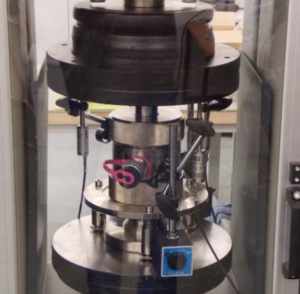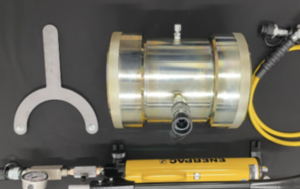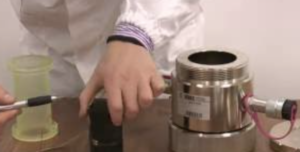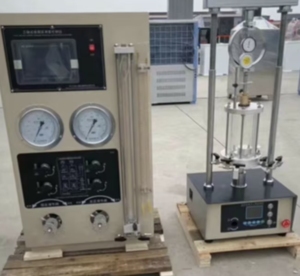How Do Gene-Sequencing-Based Soil Microbiome Tests Support Biodiversity-Centric Environmental Protection?
Soil is often called the skin of the Earth—but beneath that surface lies an unseen, living universe. Soil microbiomes are among the most diverse ecosystems on the planet, and their health directly influences biodiversity, ecosystem function, and climate stability1. Thanks to gene-sequencing technologies, scientists can now decode these invisible communities, offering new tools to guide biodiversity-driven conservation strategies2. Let’s explore how gene-sequencing-based soil microbiome tests are reshaping environmental protection from the ground up.
Unveiling Hidden Soil Microbial Diversity through Gene-Sequencing Tests
Traditional microbiological methods—like culturing—reveal only a fraction of microbial life. Gene-sequencing tests allow for the identification of thousands of microbial species3, many of which were previously unknown.
Common Gene-Sequencing Techniques:
- 16S rRNA Sequencing4: Targets bacteria and archaea to profile community composition.
- ITS Sequencing: Specialized for fungi identification.
- Metagenomics5: Sequences all microbial DNA in a sample, revealing genetic potential and rare taxa.
- Shotgun Metagenomics: Captures complete genetic data for species identification and function.
Example: Microbial Discovery Rates
| Method | Detected Species (per gram of soil) |
|---|---|
| Traditional culturing | 1,000–10,000 |
| 16S rRNA sequencing | 50,000–100,000+ |
| Metagenomics | 200,000+ |
These tests provide a complete microbial inventory, exposing both beneficial organisms and potential pathogens hidden within the soil ecosystem.
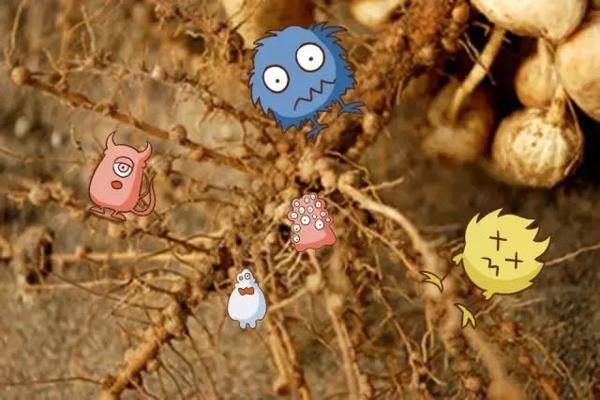
The Role of Soil Microbiome in Maintaining Ecosystem Biodiversity as Shown by Tests
Gene-sequencing tests reveal how soil microbes serve as keystone species—shaping the health and diversity of entire ecosystems.
Microbial Roles in Biodiversity Maintenance:
- Nutrient Cycling: Microbes regulate nitrogen, phosphorus, and carbon flows that support plant life.
- Plant-Microbe Symbiosis: Mycorrhizal fungi and nitrogen-fixing bacteria enhance plant diversity.
- Disease Suppression: Beneficial microbes outcompete pathogens, reducing plant mortality.
- Food Web Support: Soil microbes form the base of detrital food chains supporting insects, birds, and mammals.
Sequencing Insight Example
| Microbial Function | Associated Impact on Biodiversity |
|---|---|
| Nitrogen fixation genes | Supports leguminous plant diversity |
| Cellulose degradation genes | Maintains carbon cycling and plant-litter breakdown |
| Antibiotic production genes | Suppresses pathogens, enables species coexistence |
By understanding which microbes are present and what they’re doing, conservationists can predict ecosystem resilience and function with greater accuracy.
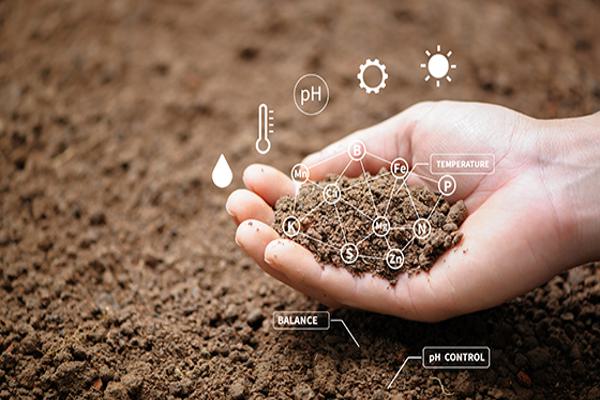
Implementing Conservation Strategies Guided by Gene-Sequenced Soil Microbiome Results
Microbiome test results are not just diagnostic—they’re actionable. With a clear picture of microbial health and diversity, land managers can develop tailored interventions for conservation.
Applications in Biodiversity-Focused Conservation:
- Restoring Mycorrhizal Networks: Reintroduce fungi in deforested or fire-affected zones.
- Selecting Native Plant Species: Match flora to soil microbiome profiles for higher survival rates.
- Enhancing Soil Organic Matter: Promote microbial richness through mulching or composting.
- Invasive Species Monitoring: Detect microbial shifts that signal ecosystem imbalance.
Conservation Strategy Table
| Gene-Sequencing Result | Recommended Conservation Action |
|---|---|
| Low mycorrhizal gene abundance | Introduce fungal inoculants |
| Dominance of pathogenic fungi | Amend soil with organic matter or biochar |
| Loss of nitrogen cycling genes | Plant nitrogen-fixing cover crops |
| Low microbial diversity in monocultures | Implement rotational planting and diversification |
With gene-sequencing as a guide, biodiversity strategies become customized, science-driven, and measurable.

Potential of Gene-Sequencing Tests to Restore Degraded Soil-Dependent Ecosystems
In degraded environments—from abandoned mining areas to over-farmed lands—gene-sequencing tests can evaluate restoration progress and identify microbial gaps that need filling.
Restoration Use Cases:
- Rewilding Projects: Track recovery of microbial communities as native species return.
- Urban Greening: Assess microbial diversity in green roofs or city parks.
- Post-Industrial Cleanup: Determine if toxic soils are regaining biological function.
- Climate Resilience Planning: Identify drought-resistant microbial communities.
Restoration Progress Table
| Time Since Restoration | Microbial Diversity (Shannon Index) | Functional Gene Recovery (%) |
|---|---|---|
| Year 0 (baseline) | 1.2 | 20% |
| Year 1 | 2.5 | 50% |
| Year 3 | 3.8 | 80% |
Tracking these trends ensures that restoration efforts are not just visual, but ecologically grounded.

Conclusion
Gene-sequencing-based soil microbiome tests are unlocking a new era of biodiversity-centered conservation6. By revealing the hidden microbial players that support life above ground, these tests empower scientists, policymakers, and communities to make smarter, more effective decisions7. Whether protecting old-growth forests or rehabilitating wastelands, gene sequencing provides the biological blueprint for sustainable stewardship8—one DNA strand at a time.
-
Understanding this relationship is crucial for effective environmental policies and conservation efforts. ↩
-
Exploring these strategies can provide insights into effective methods for preserving ecosystems and species. ↩
-
Explore how gene sequencing uncovers diverse microbial life, enhancing our understanding of ecosystems and health. ↩
-
Learn about 16S rRNA sequencing, a key technique for studying bacterial diversity and community structure. ↩
-
Discover how metagenomics revolutionizes our approach to studying complex microbial communities and their functions. ↩
-
Explore this link to understand how biodiversity-centered conservation is reshaping environmental strategies and policies for a sustainable future. ↩
-
Discover how data-driven approaches lead to smarter, more effective decisions in conservation efforts, enhancing outcomes for ecosystems. ↩
-
Learn how biological blueprints guide sustainable stewardship practices, ensuring the health of ecosystems for future generations. ↩

